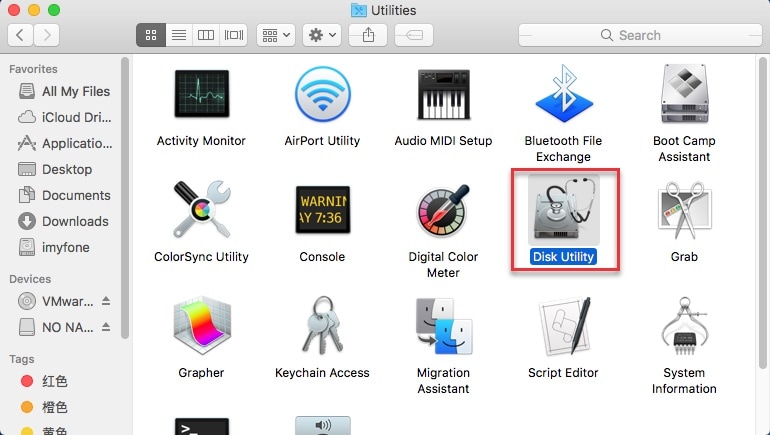

- Formatear HD para Windows y Mac mac os x#
- Formatear HD para Windows y Mac mac os#
- Formatear HD para Windows y Mac install#
- Formatear HD para Windows y Mac full#
Running a scan with Disk Drill before performing a factory restore could help you to locate and recover valuable files which may otherwise be lost. Data recovery becomes more complicated as time progresses and after factory resets and formatting. If you are resetting your computer due to any of the aforementioned we highly suggest using a data recovery software to attempt to recover any important data that you may already be missing before proceeding. These issues can present themselves as lost or damaged files, slowness/sluggishness or random errors. There are quite a few common reasons to restore your Mac to factory settings, the most common is due to issues with the file system. Common Reason for Restoring Mac to Factory Settings
Formatear HD para Windows y Mac full#
It is even possible to recover full partitions with Disk Drill if your Mac was repartitioned after a factory reset. While it is often considered to be a permanent deletion of data this is not always the case, Disk Drill is capable of recovering data after a factory reset.
Formatear HD para Windows y Mac mac os#
The main two things that occur are a full hard drive format and a reinstallation of macOS / Mac OS X.Ī format of the hard drive will erase all data on the hard drive and remove it from your iMac, MacBook Pro or Mac Mini. When you reset your Mac to factory settings you are essentially performing a series of low-level operations behind the scenes. If you find yourself needing to erase the contents of your hard drive and start fresh you can do so in just a few quick steps. You may be ready to sell your Mac or it may just be slow due to many years of use. APM is an older, Mac-only partition scheme.There are many reasons to reset your Mac to factory settings.

You’ll also be asked to choose between a partition scheme: GUID Partition Map, Master Boot Record, or Apple Partition Map. RELATED: What's the Difference Between GPT and MBR When Partitioning a Drive?
Formatear HD para Windows y Mac install#
It’s not natively supported on many Linux distributions, but you can install exFAT support on Linux.įor external drives, it almost always makes sense to format in ExFAT, unless you’re using the drive for Time Machine. ExFAT is the ideal cross-platform file system. You should use this file system if you may share the drive with Windows PCs and other devices like the PlayStation 4 and Xbox One consoles.
Formatear HD para Windows y Mac mac os x#
By default, Mac OS X doesn’t use a case-sensitive file system.


 0 kommentar(er)
0 kommentar(er)
